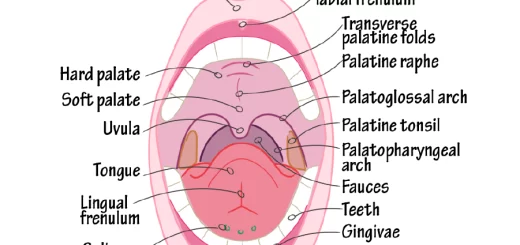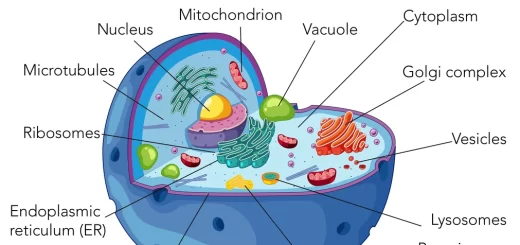The camel is the desert ship and some features of adaptation in it
The camel is an animal that can survive well in its surroundings, It is known as the ship of the desert, It is a herbivorous animal that has aided men in crossing vast desert lands with ease because of its remarkable adaptations to the hot and harsh surroundings.
Adaptation in the camel
The camel glides across the desert sand just like the ship and it can stay without food or water for weeks even when it is carrying heavy loads or transporting men.
The camel is an example of all the sorts of adaptation (the structural, the functional, and the behavioural) that helped it to live in the difficult conditions of the desert, So, It is considered as one of the most adapted animals to live in the deserts.
The camel has a plentiful number of lachrymal glands and it has two rows of long eyelashes that protect its eyes from the dispersing sand at the time of the sandstorms.
The camels control the opening and closing of their nostrils to prevent the entrance of the sand particles inside the nose during the sandstorms, The camel has a forked upper lip and strong enamel of its teeth to enable it to eat the spiny and dry desert plants without harming it.
The ears of the camel are small and they are covered from the inside with dense hair that obstructs the dust and the sand, The legs of the camel end in a broad pad to prevent their diving in the smooth sand and its legs have the thick skin to protect them from the high temperature of the soil.
The body fur thickness of the camel differs in the different body regions to protect from the extreme cold at night, It is a little dense over the other regions to ease heat loss by radiation during daylight.
The blood temperature of the camel is not constant as in the other mammals, It changes from 34 degrees Celsius in the morning to 41 degrees Celsius during the daylight hours, So, The camel does not need sweating.
The sweat glands of the camel do not start sweating unless the blood temperature reaches 40 degrees Celsius, It stores the fats in its hump to keep it for 3 – 4 months without eating any food and it can drink 100 liters of water for 10 minutes only without affecting its blood composition.
The camels can lose 25 % of their body weight when water and food are not available and their blood composition remains constant, This rate exceeds that of the other mammals’ ability by twice nearly.
The pyramidal shape of the camel’s hump makes the area that is exposed to the thermal sun rays smaller than possible during daylight, So, this decreases the amount of absorbed heat, and also decreases the amount of lost heat by radiation during the night.
The camel is a very beneficial animal for man, It is used in performing a lot of difficult tasks, Man can ride it and use it for carrying baggage from one place to another, It can carry from 150 to 300 kilograms, It is still used in some army and police forces, The quick and agile camels are also used in the camel races.
You can download Science online application on Google Play from this link: Science online Apps on Google Play
Adaptation in insectivorous & birds, Hibernation, Aestivation, Birds migration and Camouflage
Adaptation reasons, types, diversity of living organisms & motion in mammals
The types and reasons of adaptation of the living organisms
The adaptation and continuity of life by hibernation and the aestivation













